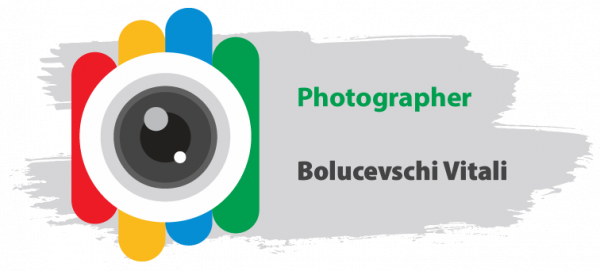Macro Photography: The Art of Capturing the Microscopic World
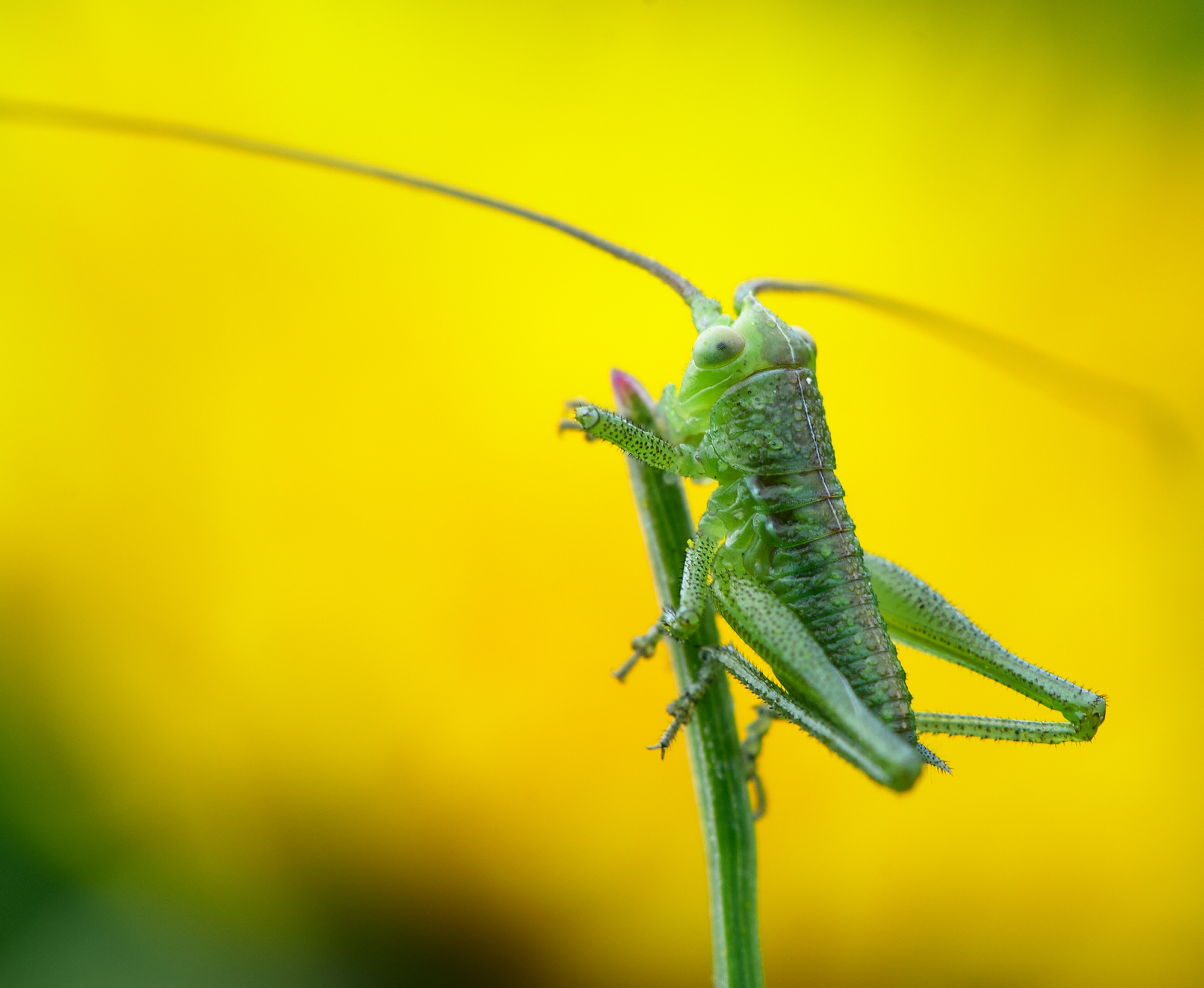
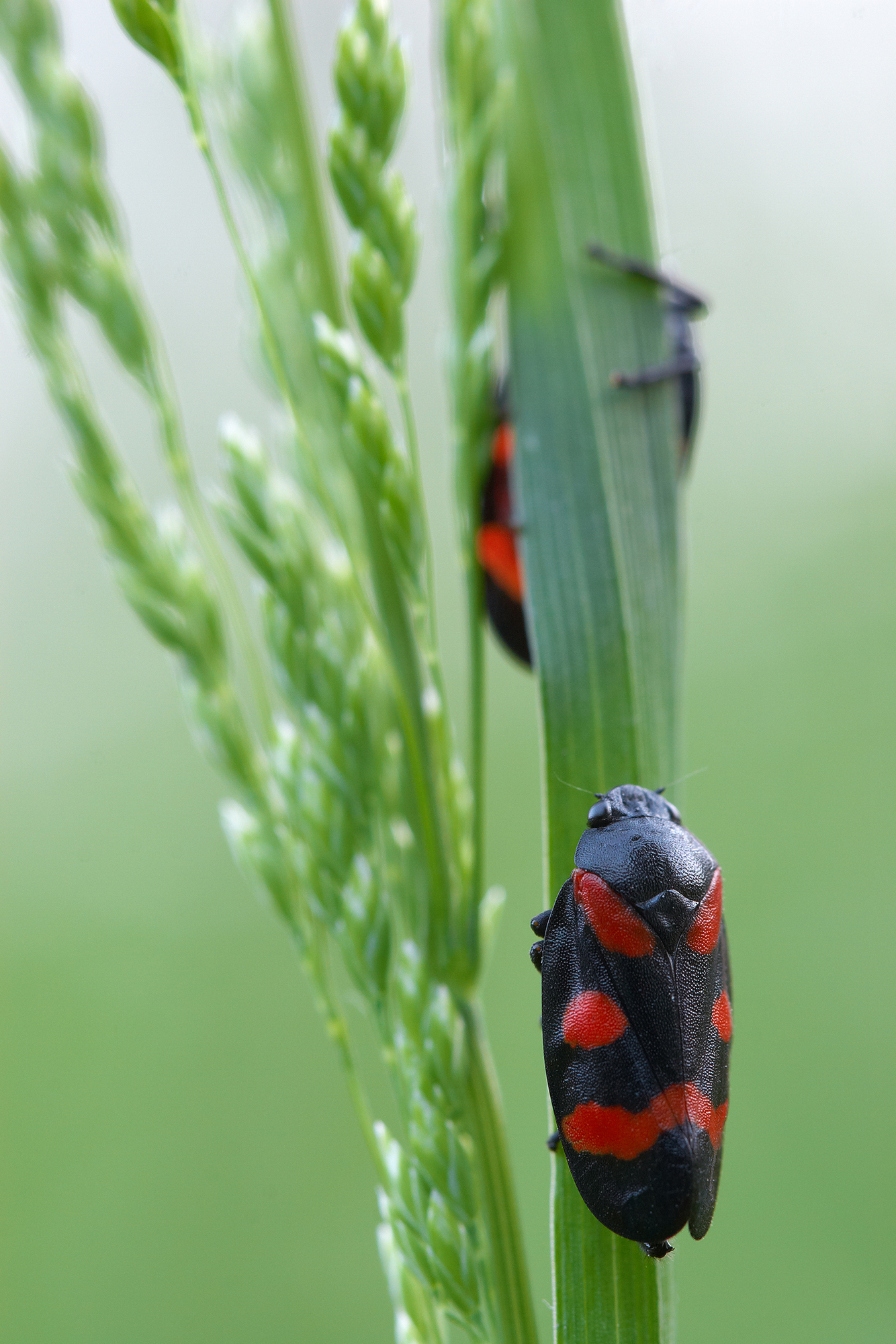
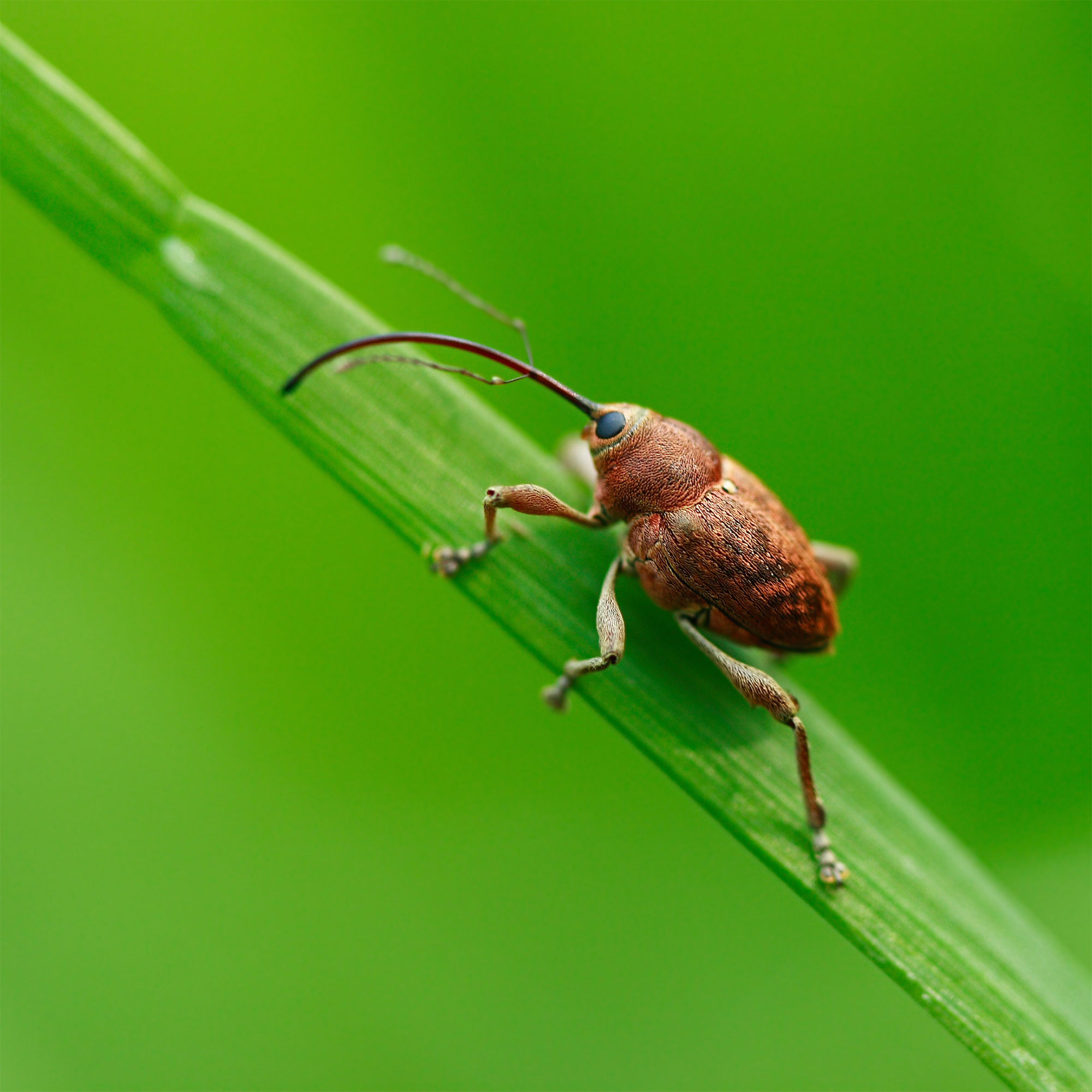
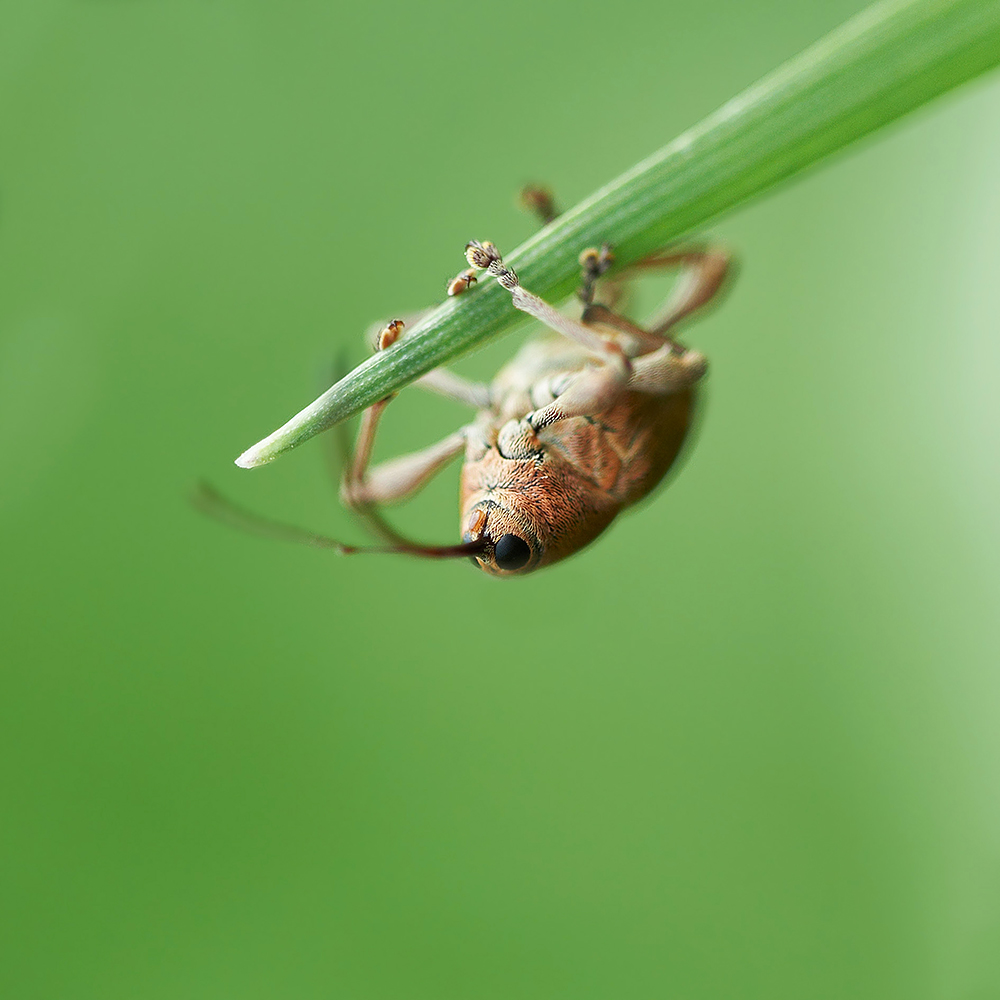
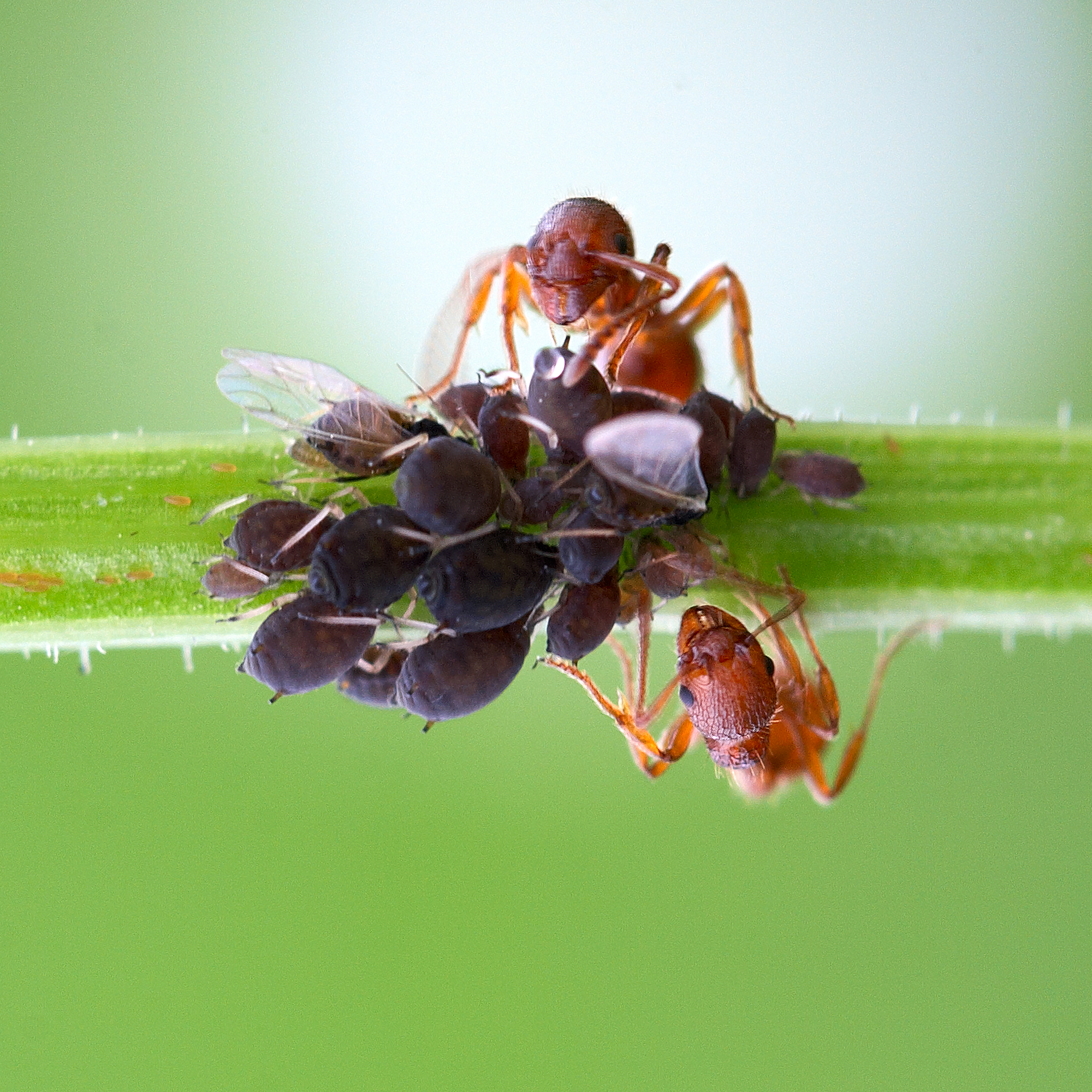
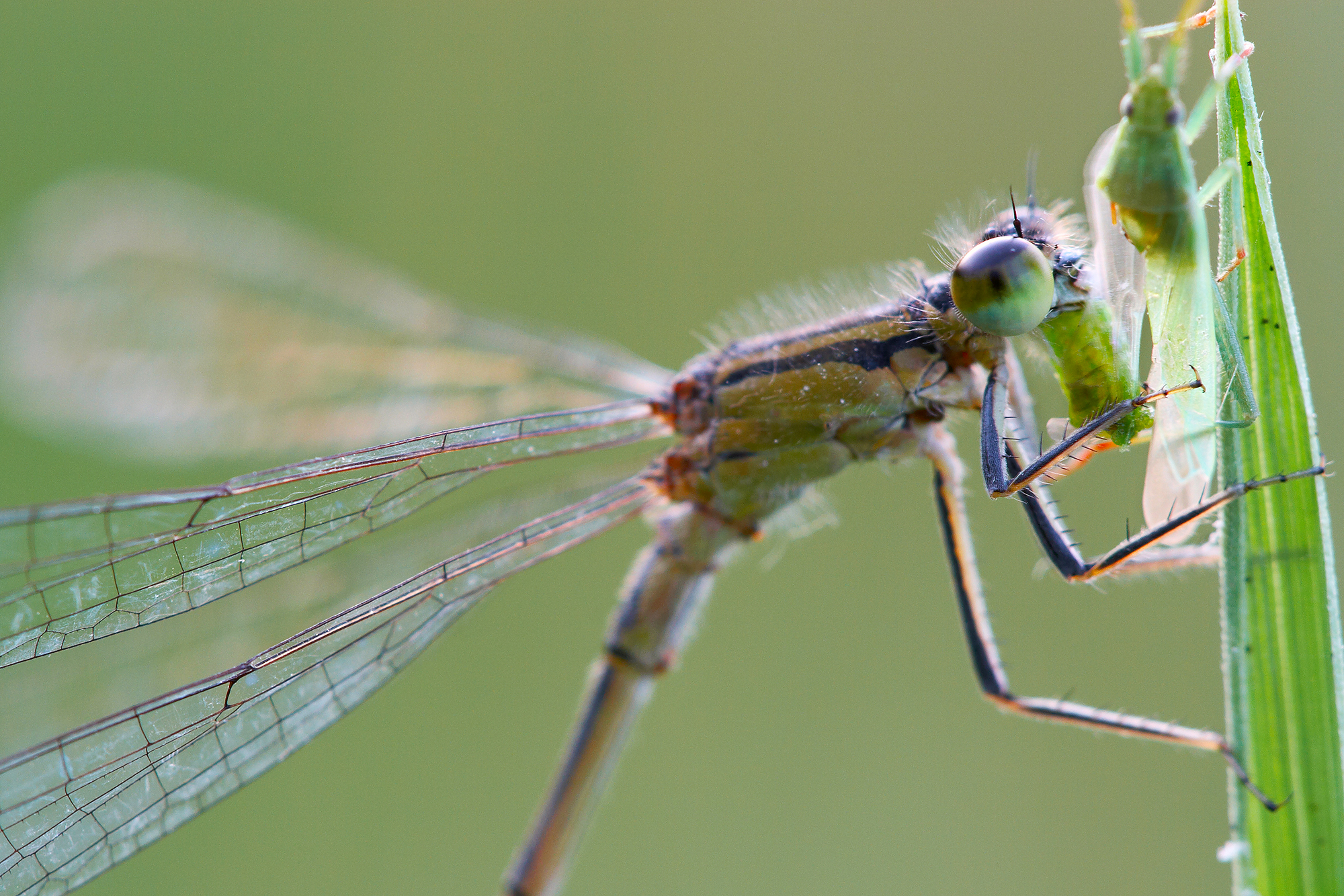
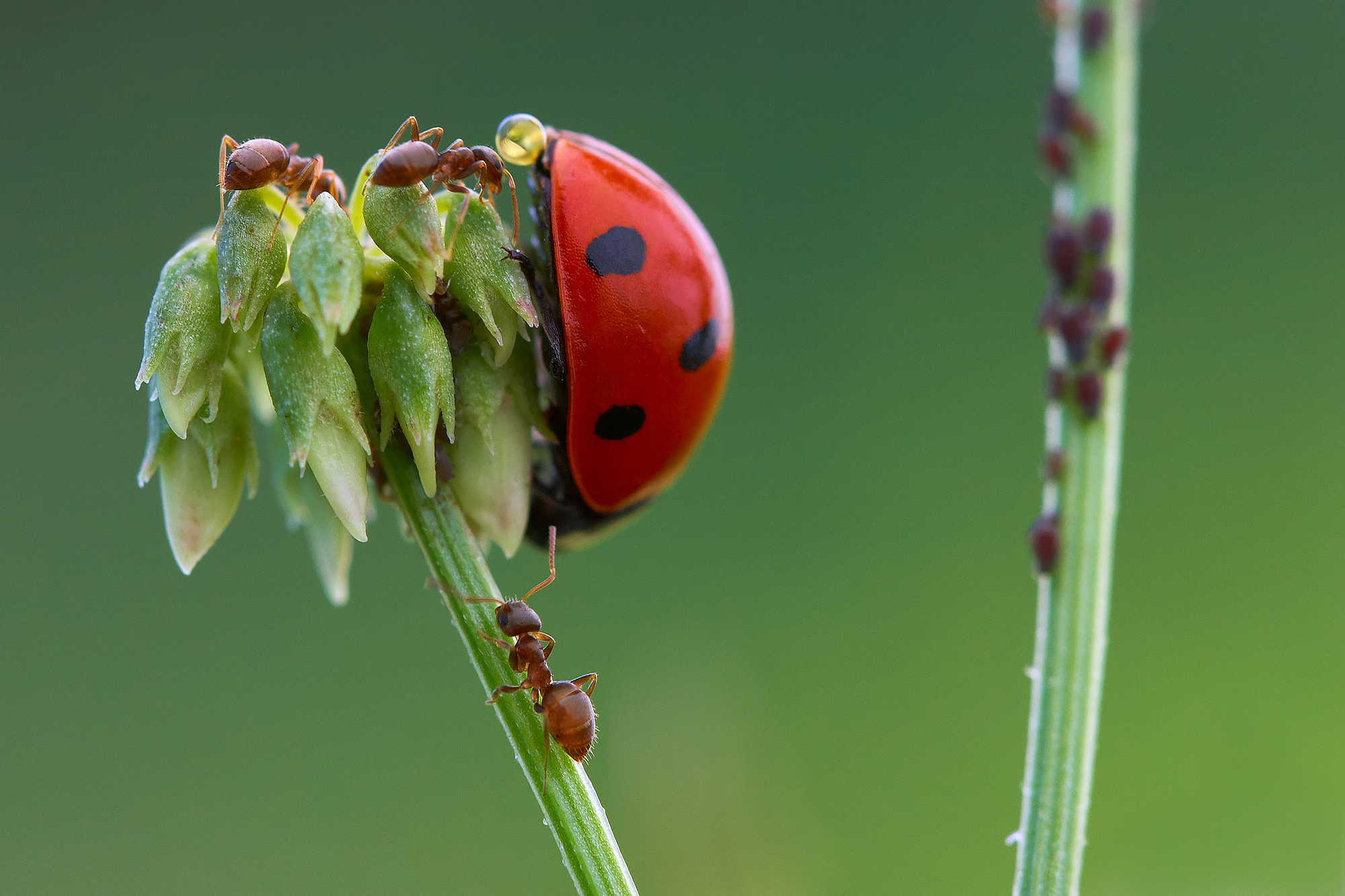
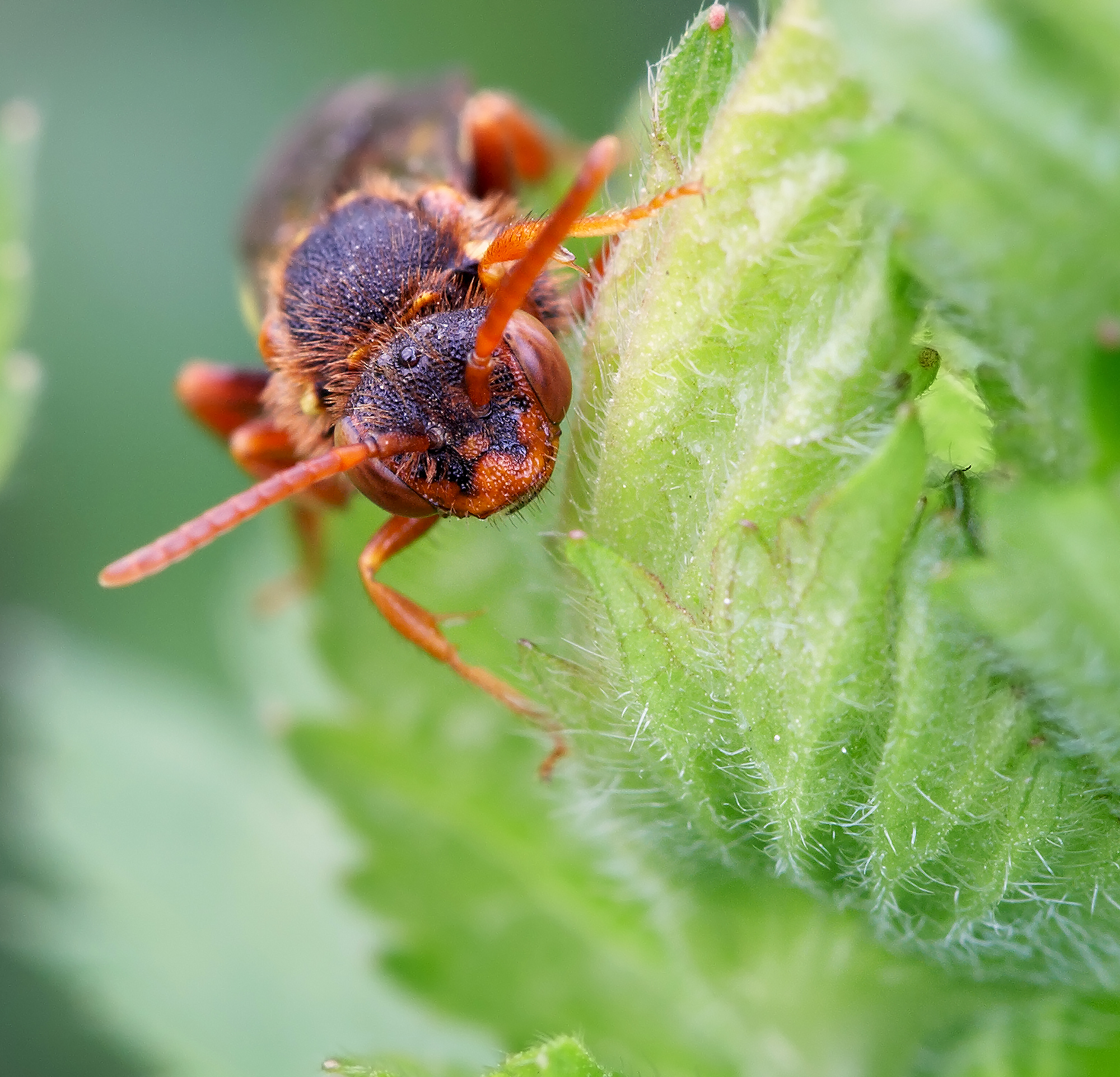
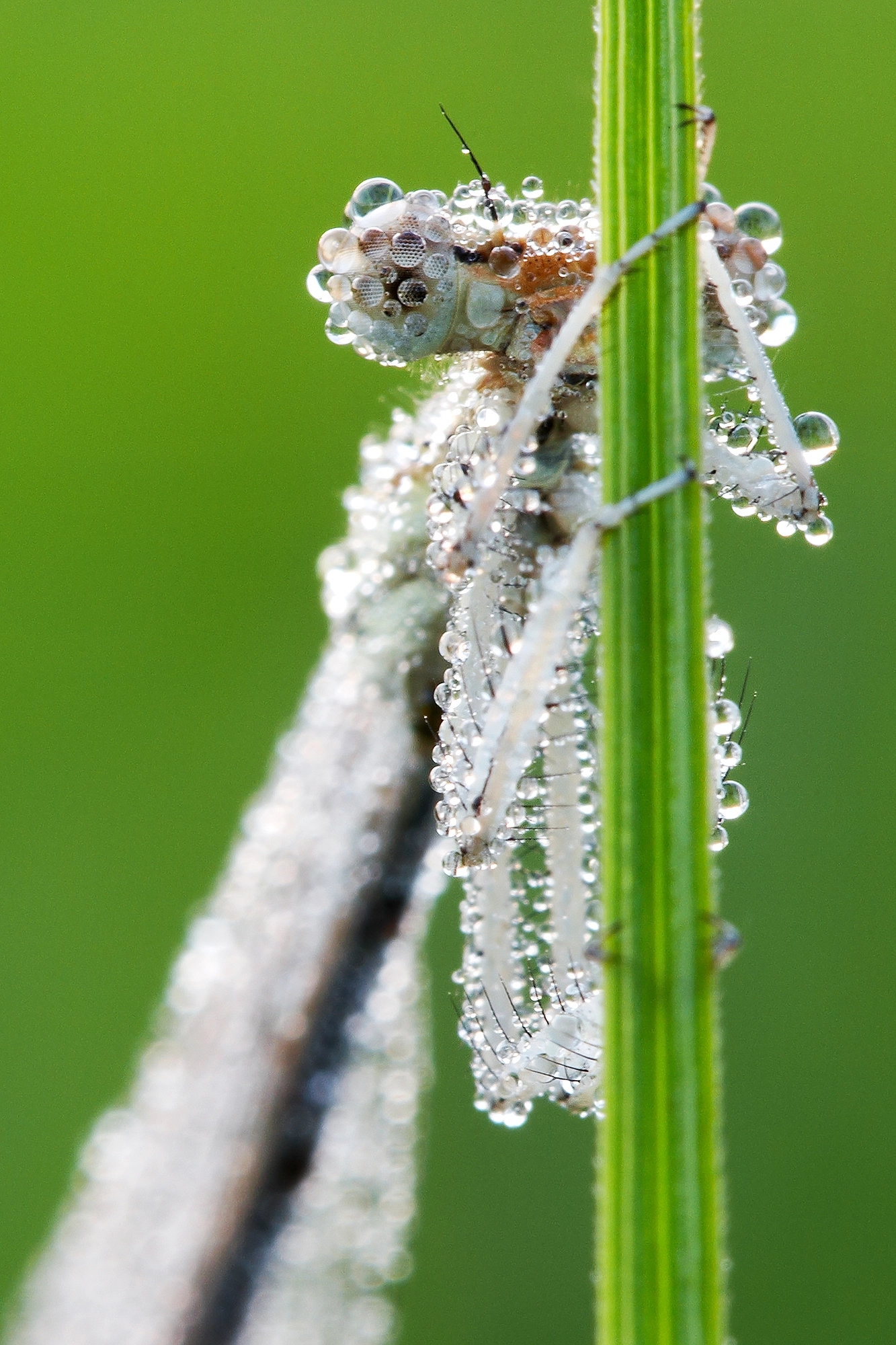

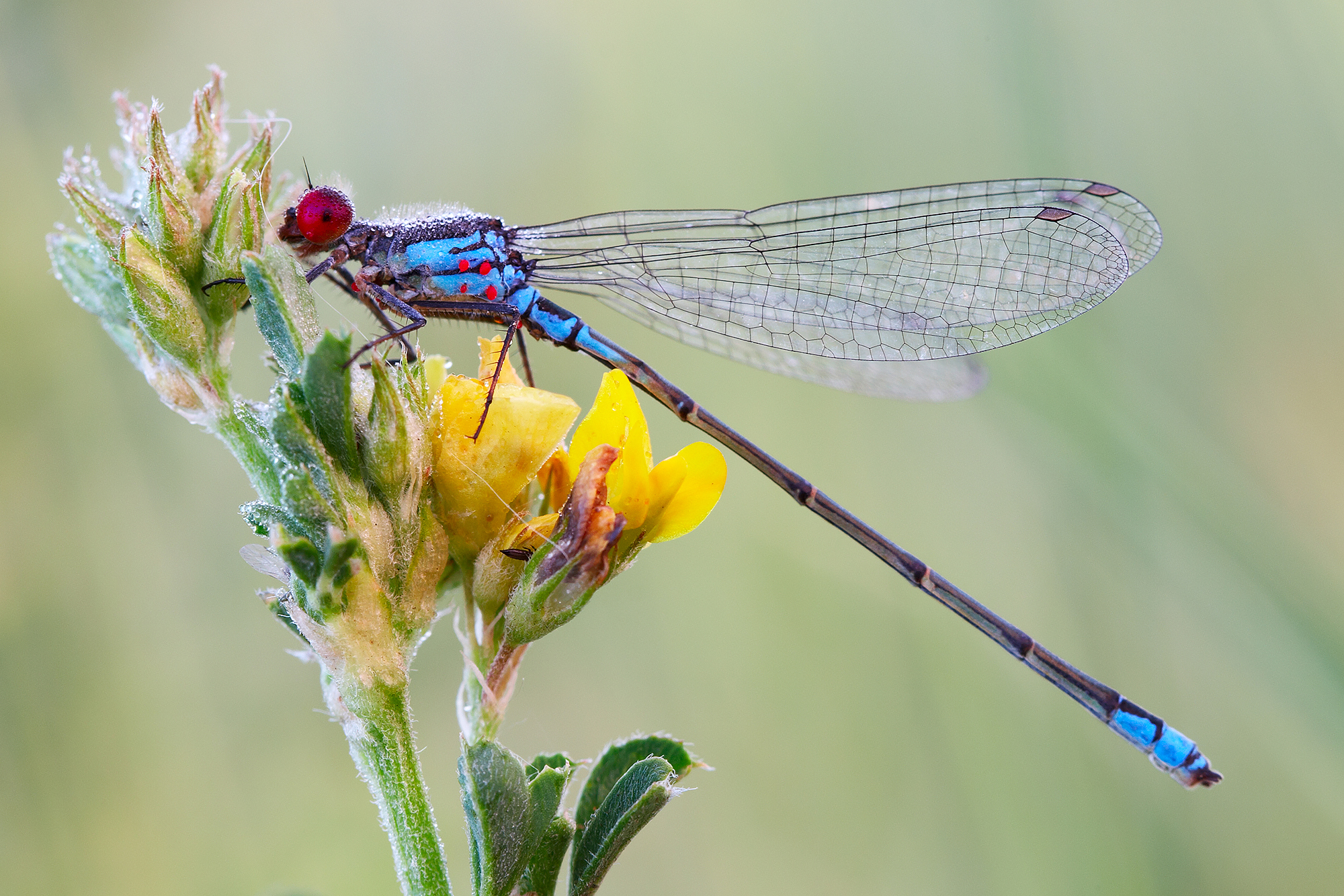
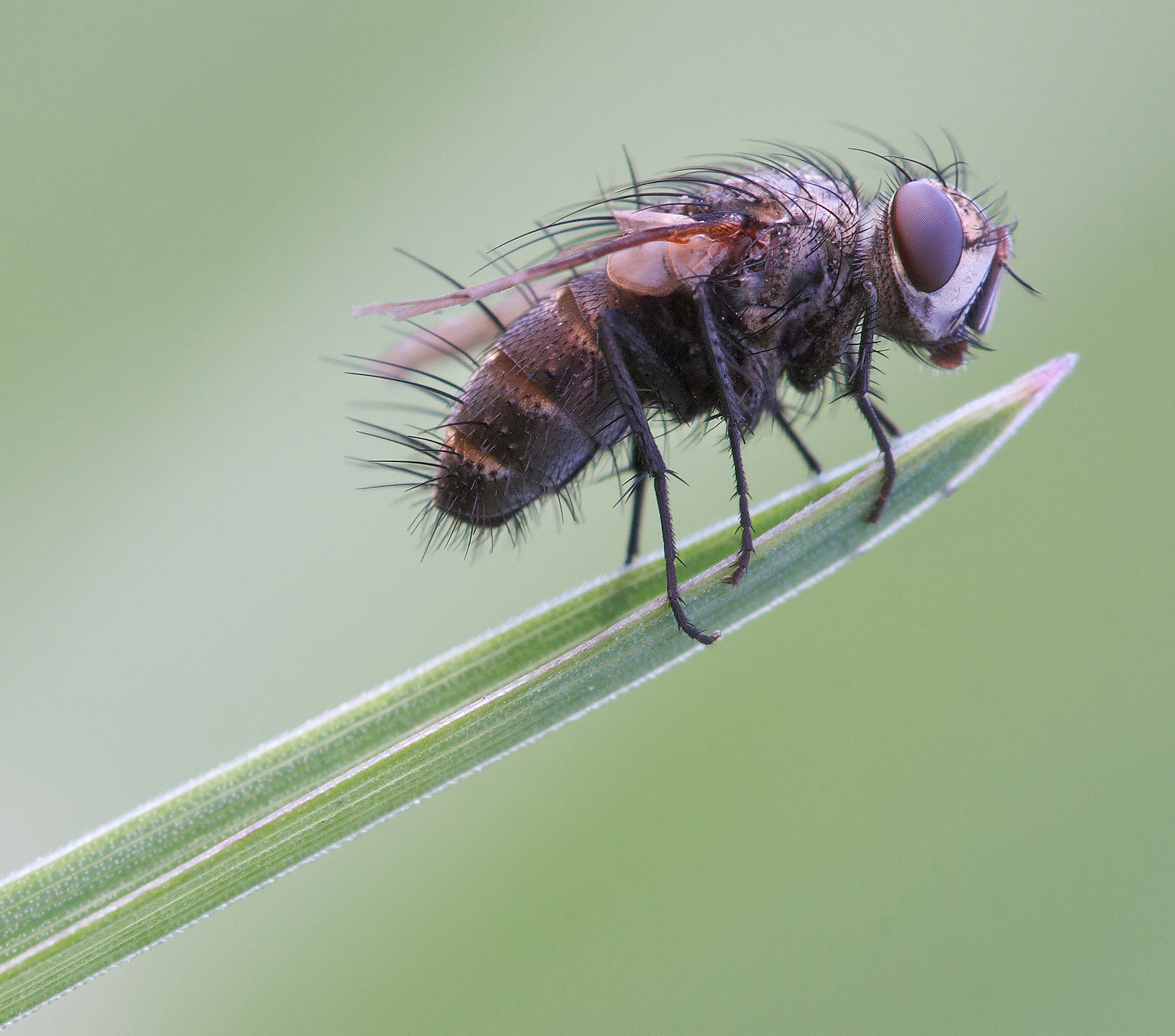
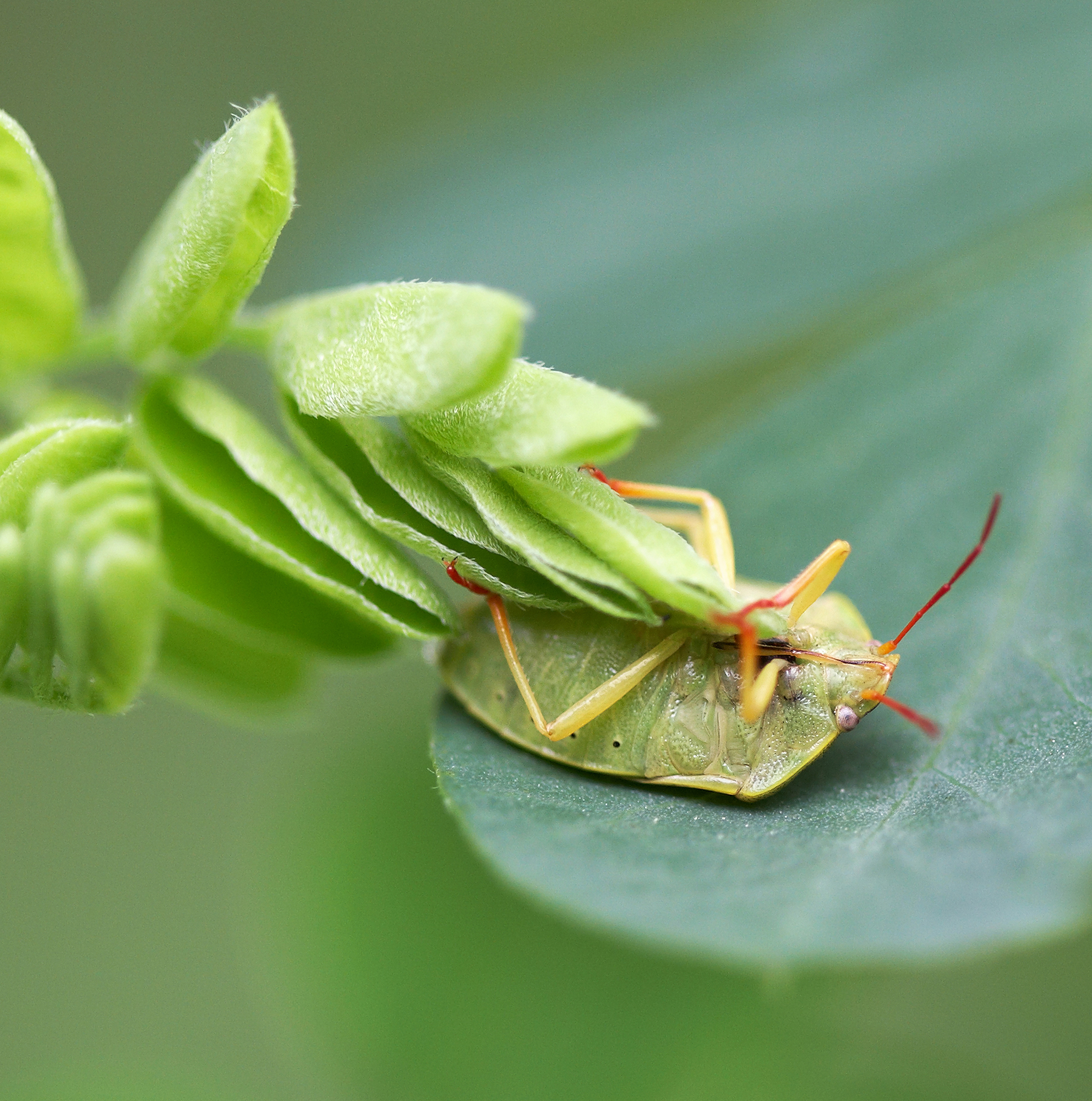
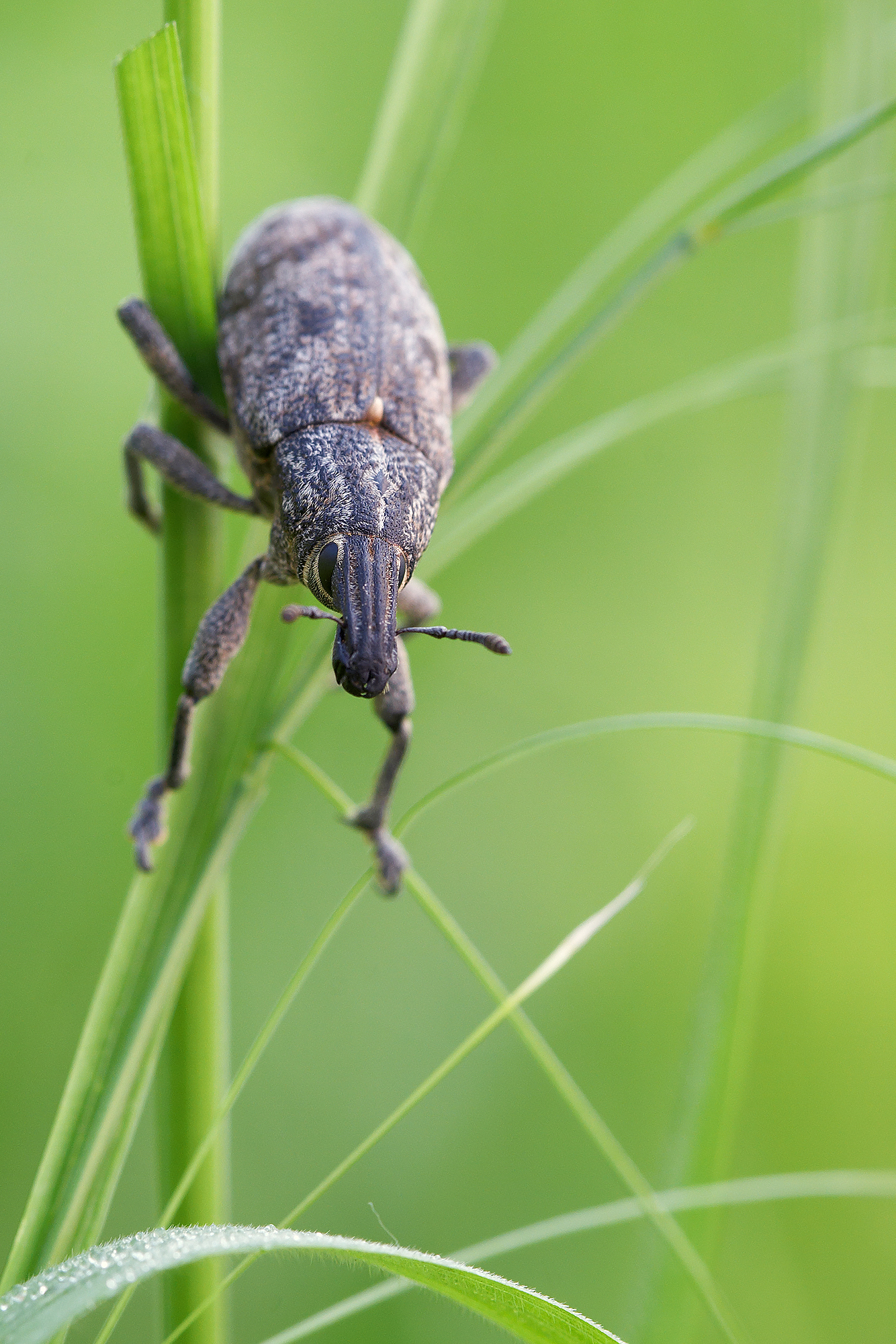
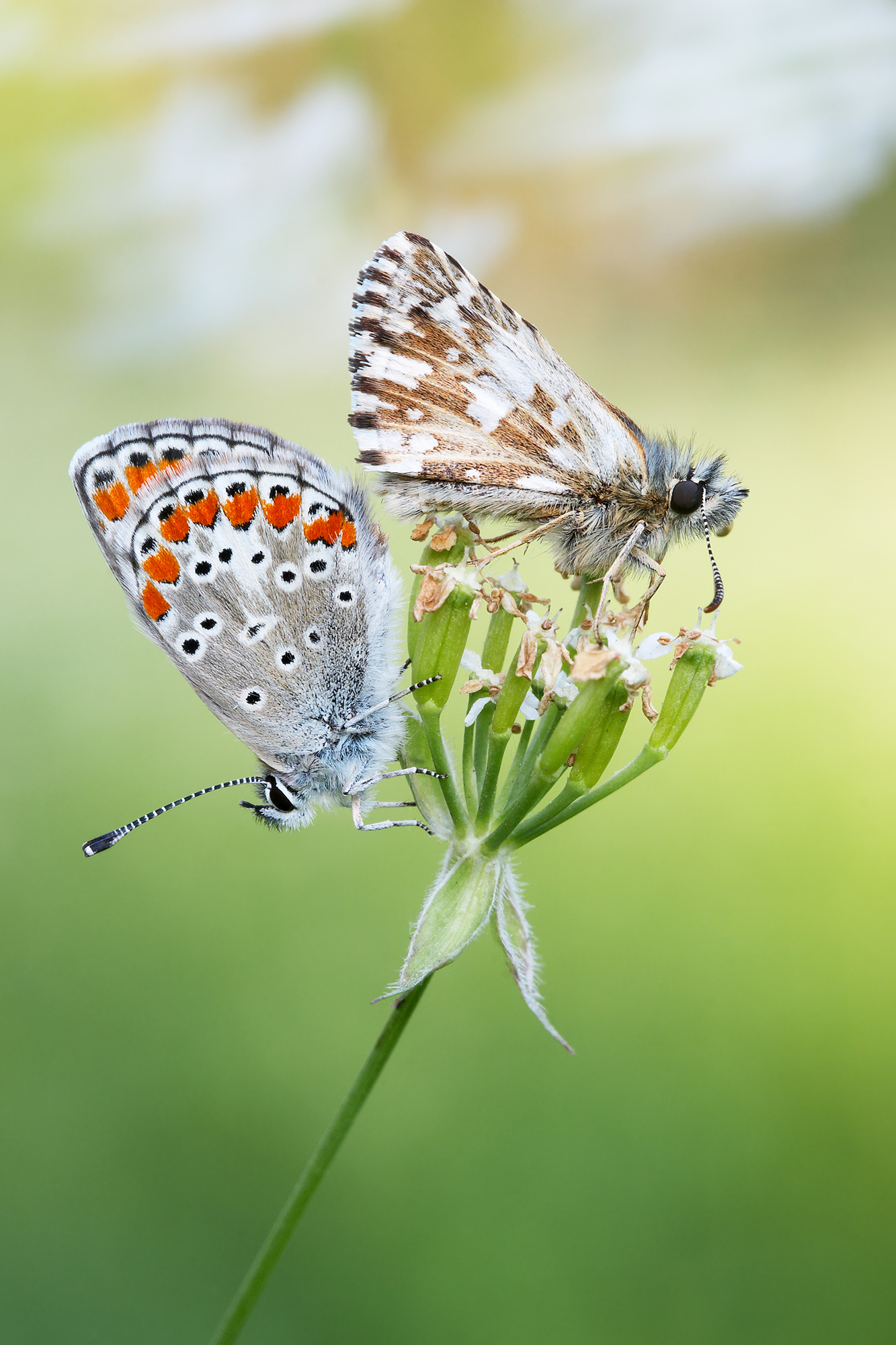
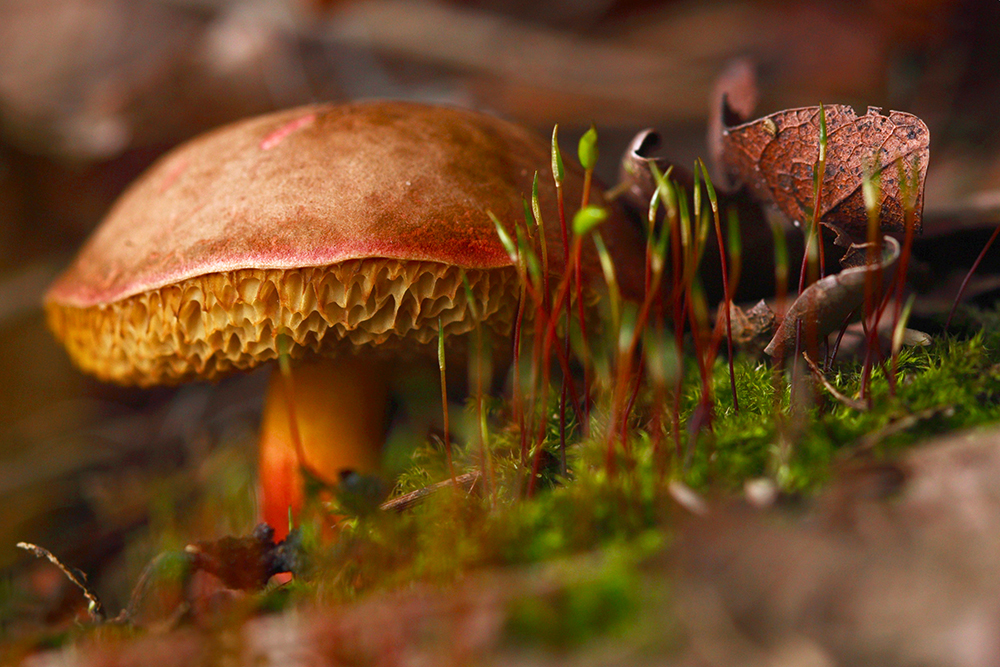
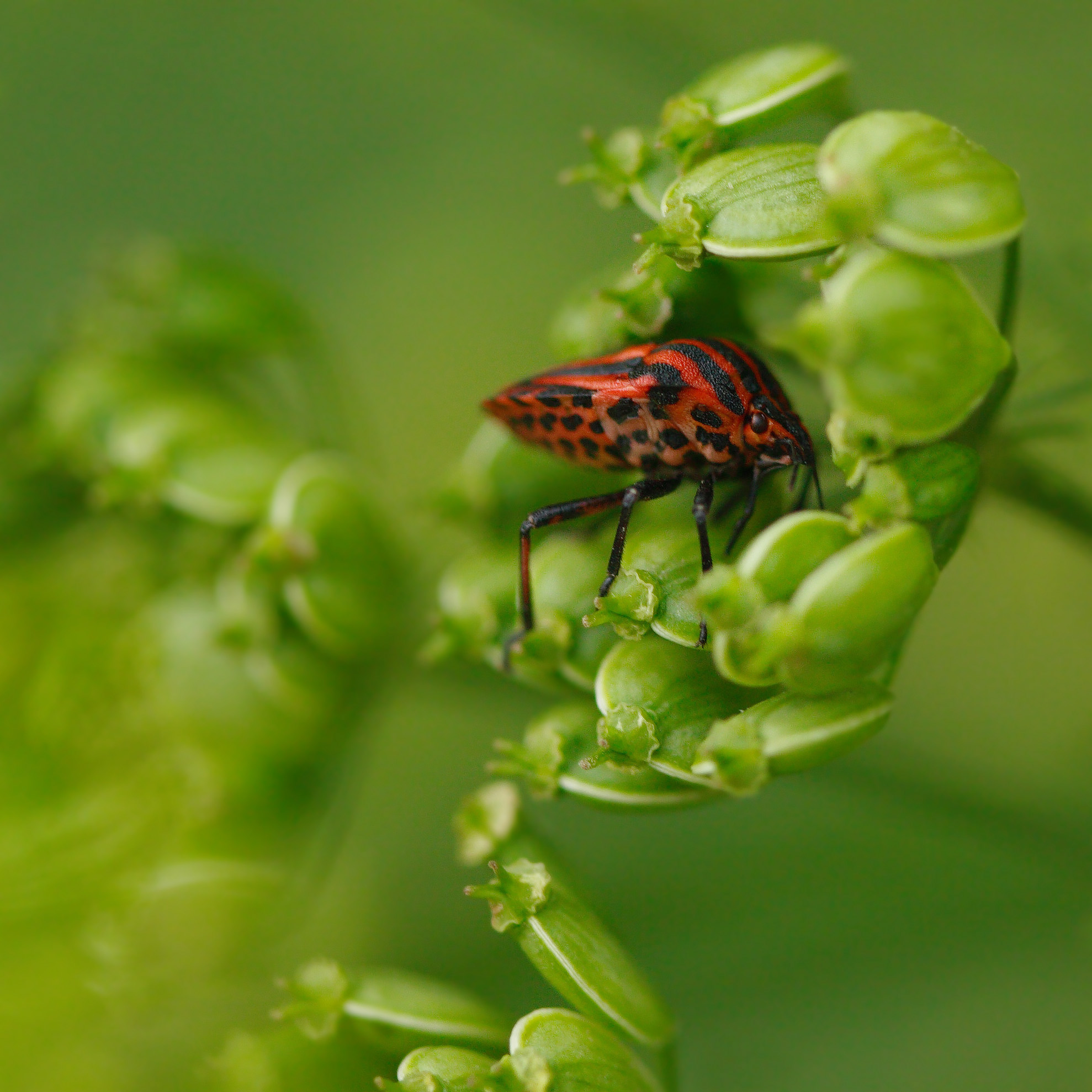
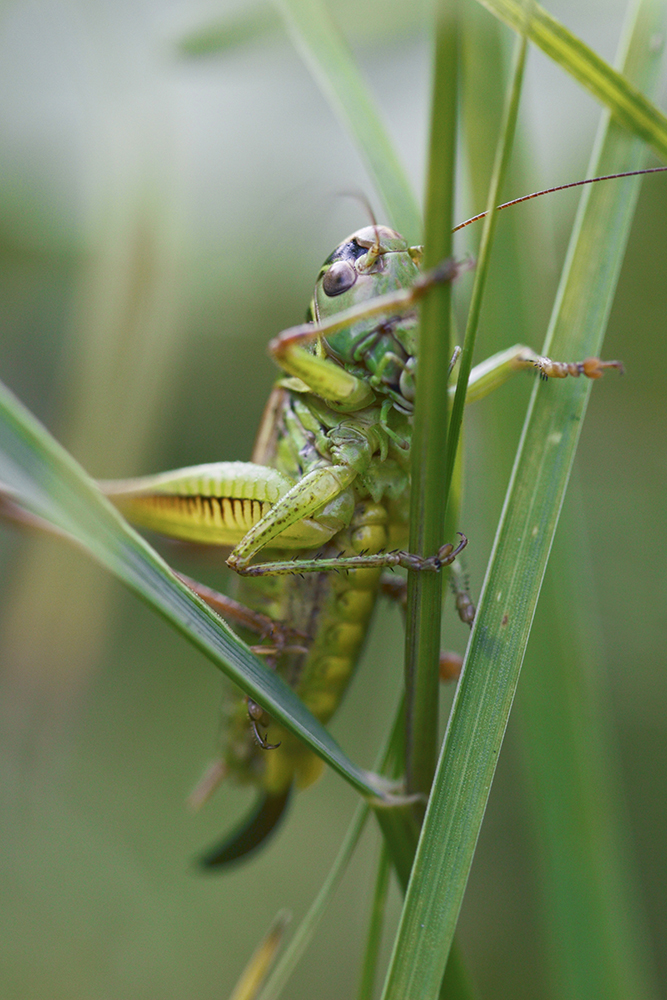
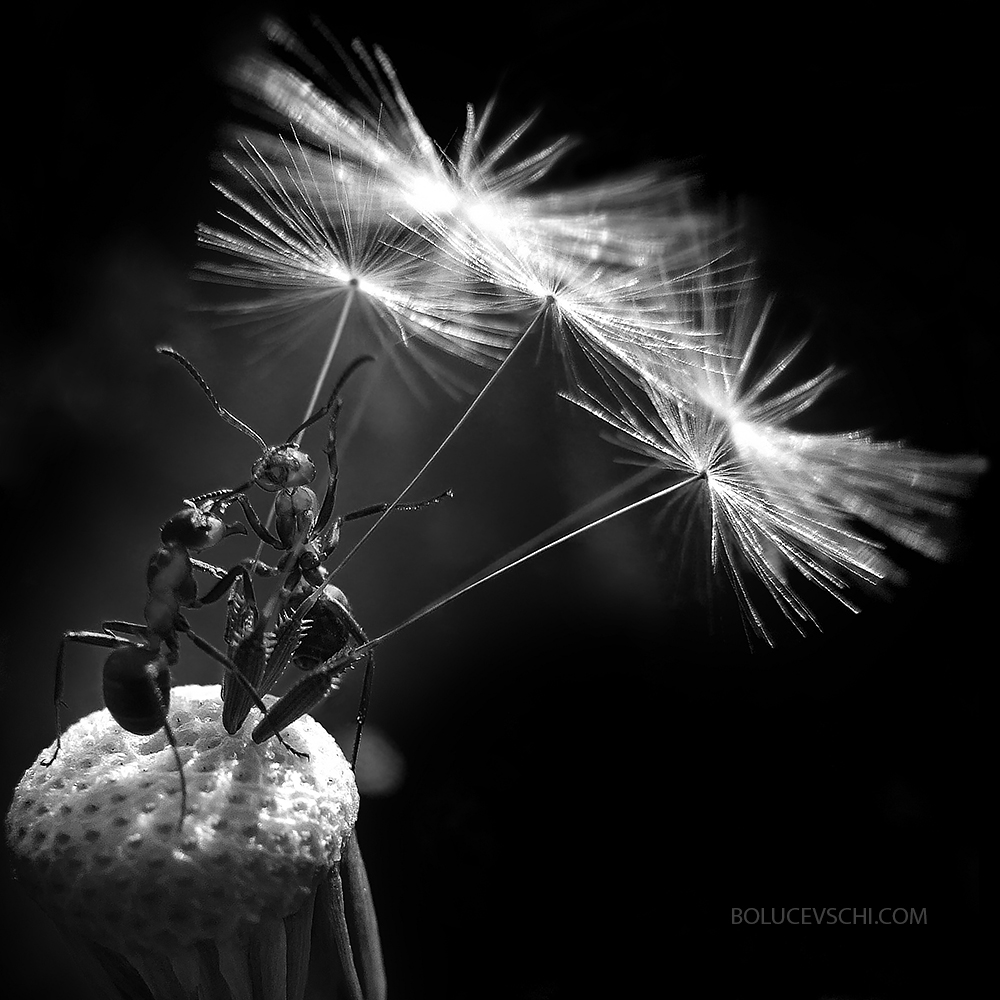
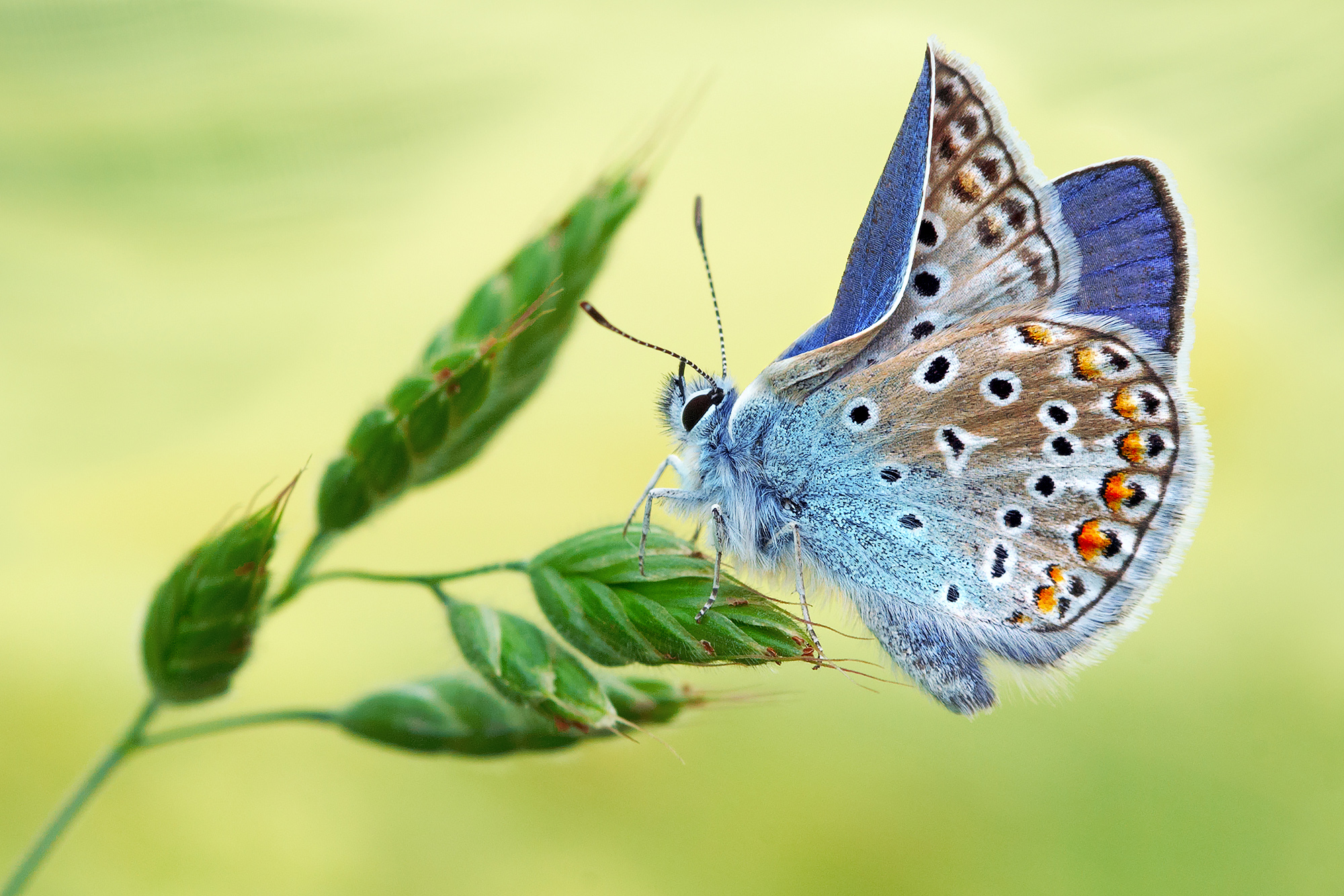
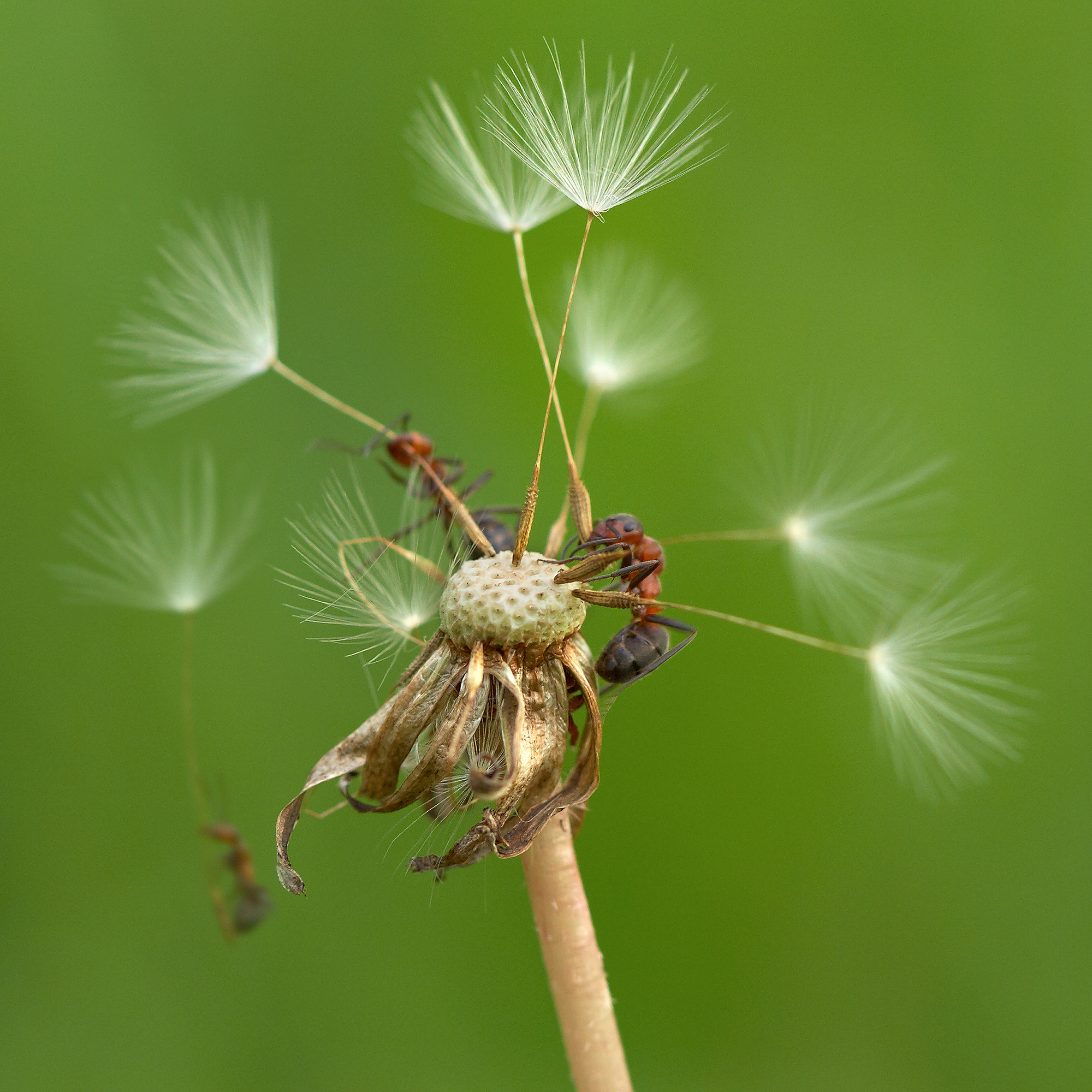

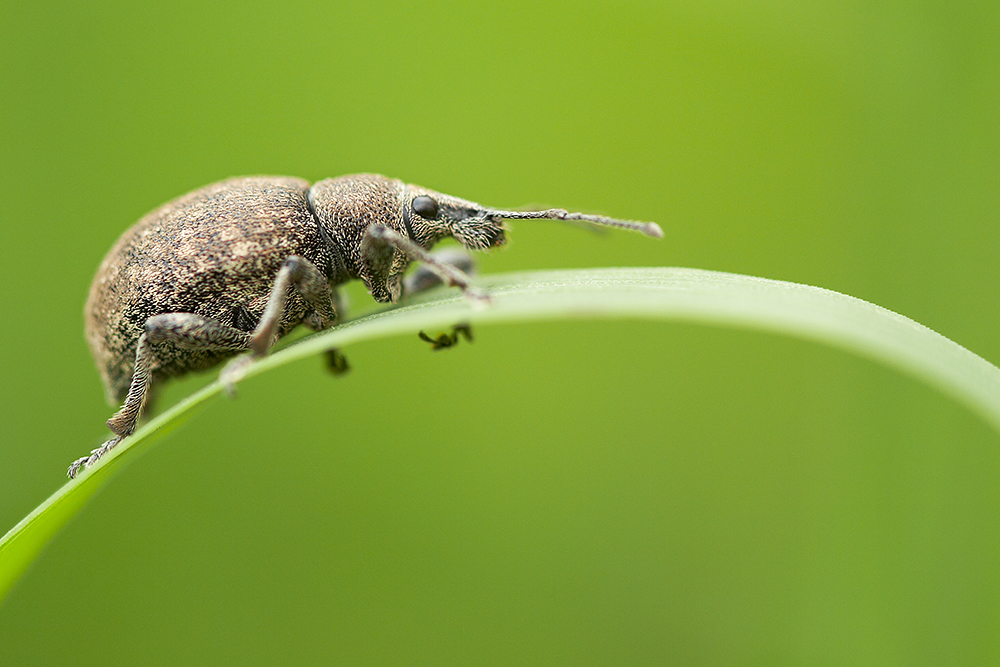
Equipment for Macro Photography
Cameras and Lenses
For macro photography, DSLR or high-resolution mirrorless cameras are ideal. The cornerstone of macro photography is the macro lens. Lenses with focal lengths ranging from 60mm to 105mm provide excellent magnification and image clarity. Beginners might also consider using extension tubes and close-up filters to amplify the scale of standard lenses.
Tripods and Rails
A tripod with precise height and angle adjustments is essential for stabilizing the camera during macro shoots. Focusing rails aid in accurately adjusting focus within confined spaces and minimal depth of field.
Techniques for Macro Photography
Composition and Focus
Macro photography demands meticulous attention to detail. Apply the rule of thirds and leading lines to craft balanced and engaging images. Given the shallow depth of field, precise focus is crucial. Often, focus stacking is employed, where multiple images with varying focal points are combined into a single, sharp photo.
Lighting
Proper lighting is critical in macro photography. Natural light can create soft shadows and accentuate the textures of the subject. However, in low-light conditions or when dealing with reflective surfaces, flash and reflectors may be necessary. Specialized macro flashes with diffusers help provide even illumination and minimize harsh shadows.
Camera Settings
For macro photography, manual mode is recommended to have full control over shooting parameters. Aperture settings (f/8-f/16) enhance depth of field, which is particularly important for macro images. Utilize low ISO settings (100-400) to minimize noise and longer exposures to capture fine details. Employ remote shutter releases or timers to prevent camera shake.
Post-Processing Macro Images
Essential Tools
Post-processing is often required to enhance macro images. Adobe Lightroom and Photoshop are commonly used tools for adjusting exposure, contrast, color saturation, and sharpness. Focus on noise reduction and detail enhancement.
Color and Sharpness Adjustment
Adjusting color during post-processing can intensify or correct hues. Sharpening enhances textures and details of the subject. Use local adjustment tools to improve specific areas of the image without affecting the rest.
Removing Defects and Noise
Macro photography can reveal unwanted defects and noise. Use cloning and masking tools to eliminate undesired elements and imperfections. Noise reduction filters can soften minor artifacts and enhance image quality.
Tips and Tricks for Macro Photography
Research and Planning
Before shooting, investigate the subject and its environment. Planning helps you determine the best angles and lighting. Use a magnifying glass to examine the subject’s details, aiding in selecting intriguing and unique elements for capture.
Utilize Macro Glass Panels
Macro glass panels help control focus and lighting while reducing glare and reflections. These panels can be particularly useful for photographing reflective or transparent subjects.
Experiment with Different Angles
Experiment with various shooting angles and lighting setups. Capturing from different perspectives can reveal unexpected and unique details of the subject, making your image more interesting and multi-dimensional. Macro photography unveils a world of incredible details and textures that are otherwise unseen without magnification. With the right equipment, shooting techniques, and post-processing, you can create stunning images that will fascinate and amaze. Follow these recommendations and don’t hesitate to experiment to discover your unique style in macro photography.
